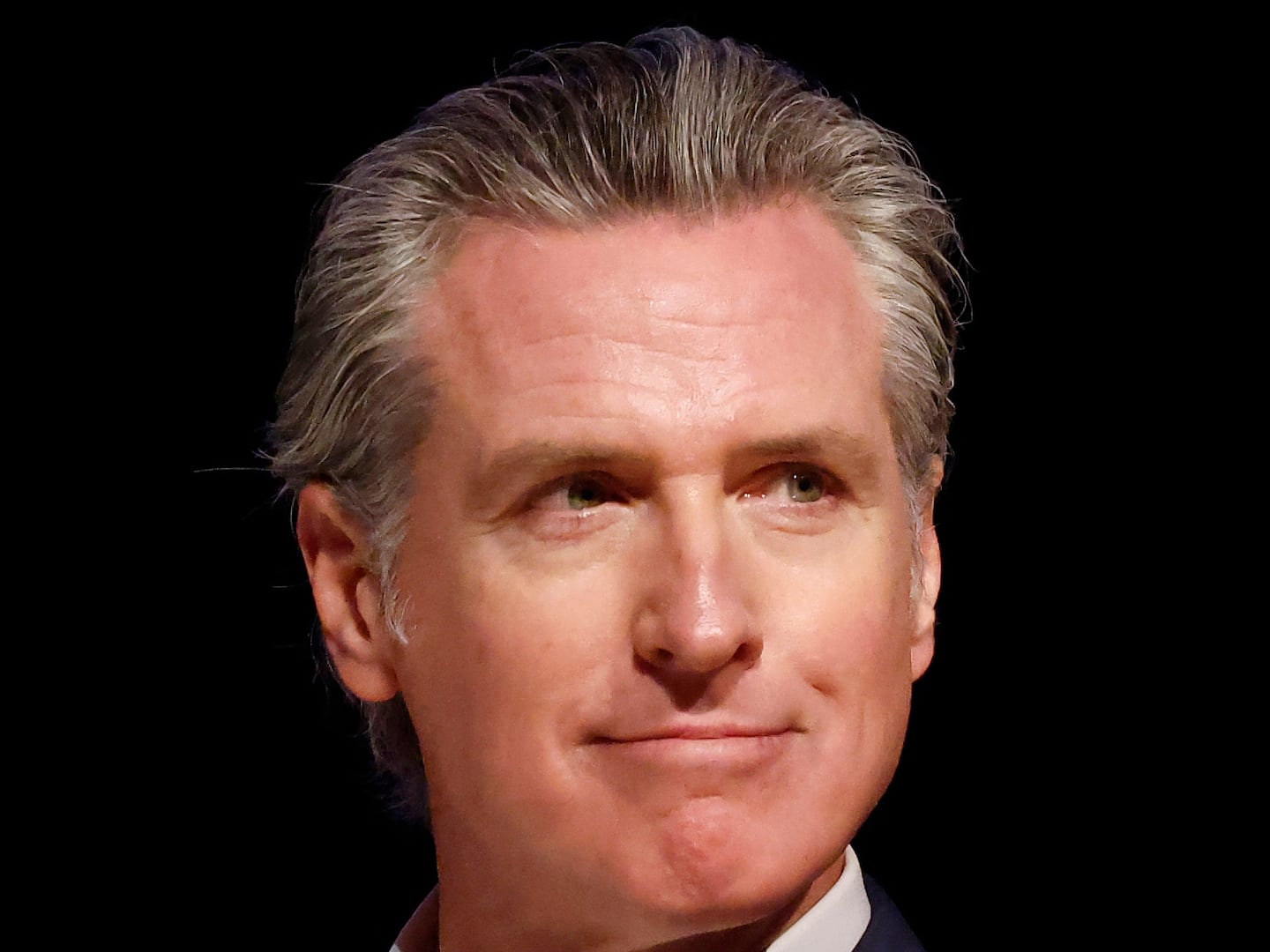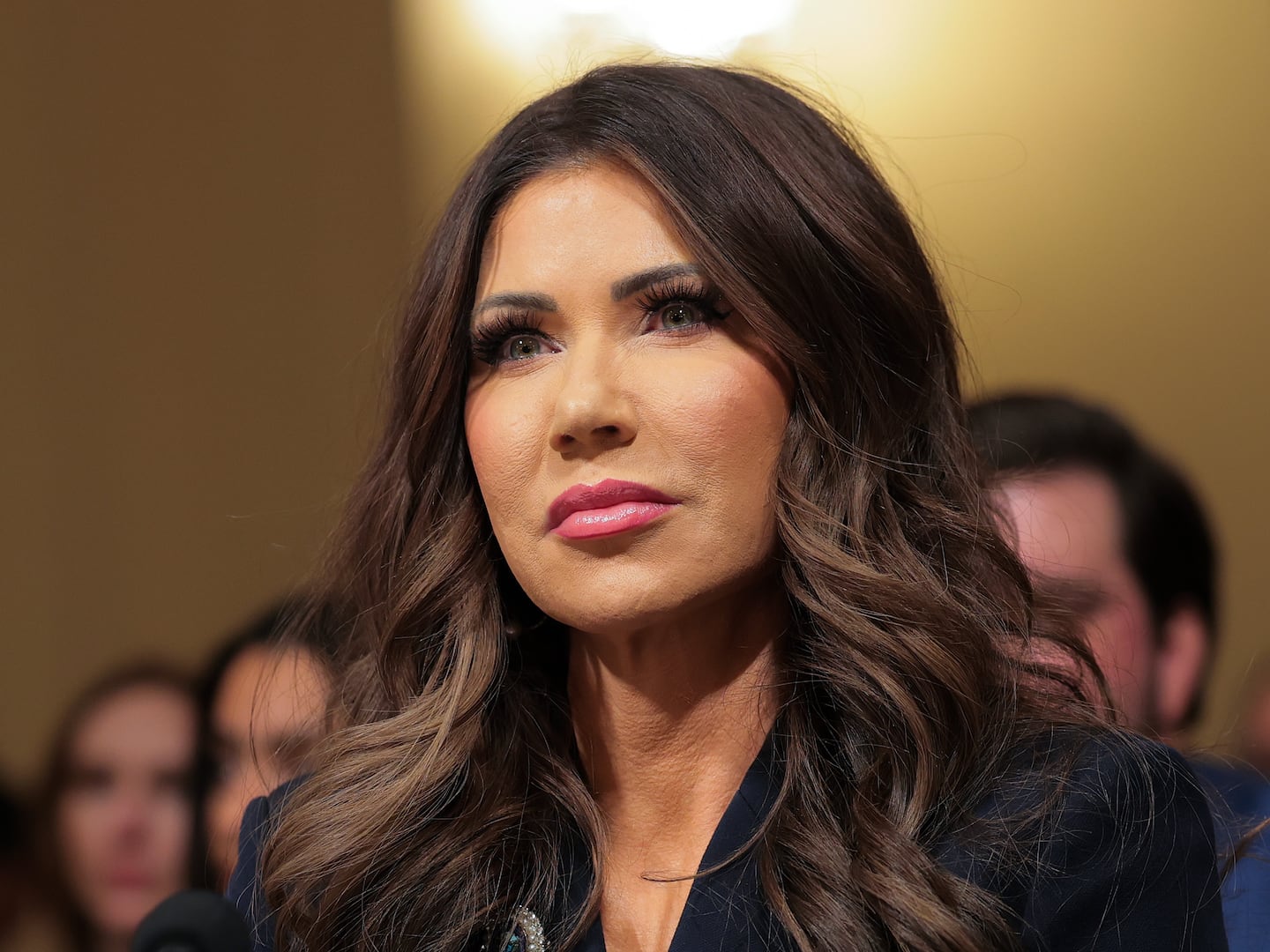Sinead O’Connor never makes the news the way you imagine she’d want.
As news continues to develop concerning disturbing posts made to her Facebook page—the first threatening suicide (she was found to be safe), and the second branding her family “murderers” over a bitter child custody dispute—perhaps the most humane way to respond would be to avoid speculation, and to return to O’Connor’s considerable body of work, and her as both an activist and as a human being.
Sinead O’Connor burst onto the world stage fully formed in 1987 with her first album The Lion and the Cobra. Her music was already packed with the kind of activist energy that would make her notorious over the next decade. Her first hit was “Mandinka”—a love song built around references to the tribe at the heart of the historical novel Roots—and in many ways, though her sound has gone through countless iterations over the years, “Mandinka” remains representative of her artistry. As in much of her work, “Mandinka” ties seemingly personal experiences together with histories of global oppression and violence, while still leaving enough interpretive room for O’Connor’s message to remain elusive.
But despite the success of “Mandinka”, particularly with college and alternative audiences, it wasn’t until 1990, with her cover of the Prince-penned “Nothing Compares 2 U,” that O’Connor became an international star.
“Nothing Compares 2 U” and the video it spawned were a kind of alchemy, the perfect combination of image and sound to sell the idea of Sinead O’Connor—the beguiling juxtaposition of her iconic buzz cut and her strong, clear vocals, with the vulnerability of her giant, crying eyes caught in close-up. There are artists who sold more, artists whose work is more consistent, and artists whose work has enthralled the public consciousness for longer than Sinead O’Connor, who never made a video as iconic as the one she made for “Nothing Compares 2 U.” But if the image of Sinead O’Connor was immortalized the moment the camera settled into that famous close-up, O’Connor would soon run into the limitations that such an image can create.
What happens when your image doesn’t account for all of the parts of yourself that you’re ready to show? Cue Sinead O’Connor in 1992, ripping up a photograph of Pope John Paul II on Saturday Night Live.
She had just performed a cover of Bob Marley’s “War” in which she changed the lyrics to reference molestation, and it was her intention to protest the Catholic Church’s involvement in sexual abuse. Thousands of allegations have come to light globally in the last 15 years, and it seems unlikely that her actions would have caused much furor if they were taken today. But in 1992, no one was ready to hear her message—especially coming, as it was, from an MTV-famous pop star.

Her message was met with angry headlines and protests. She was booed off the stage at a Bob Dylan tribute in Madison Square Garden shortly thereafter, and while she succeeded in moving over a million records on her next album, the SNL appearance was the start of a long decline from the public eye, as her activism was increasingly connected with her sometimes erratic management of the boundaries between her private and public life.
O’Connor’s personal troubles have been a factor in the press around her for decades now, and though her posts this week have been through Facebook, O’Connor had been using the mainstream press as a social media outlet long before social media was spawning trillion-dollar app industries.
She has been candid about her own history of abuse, not at the hands of the Catholic Church but of her mother, and though she has been upfront in the last few years with how that trauma affected her life, without that context, her moments of candor appeared erratic. She has classified herself as bipolar, only to share years later that this was a misdiagnosis of post-traumatic stress disorder. She has come out as a lesbian, come out as straight, come out as neither a lesbian nor straight. And in her posts in the last week about her family, there is the same familiar vacillation.
For people who want public figures to be role models, or who like their artists to remain as frozen in time as their album covers, Sinead O’Connor’s inconsistency can be tiresome. She’s acting out. She’s crazy. Why should her behavior be rewarded with our attention?
But for her fans and for those who haven’t been so fortunate as to escape the kinds of trauma that seem to be affecting O’Connor, there is recognition. Life hits some people harder than others, and there shouldn’t be shame in needing support.
Here’s to hoping one of Ireland’s finest gets back on her feet soon.





